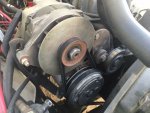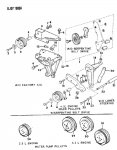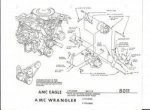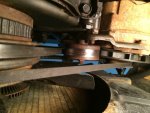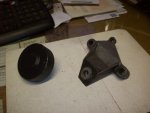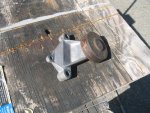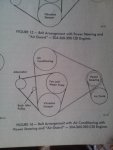- City
- Biloxi
- State
- MS
Intermittent problems are so GRRRR! Is the PCM still throwing a Code #51 Lean Condition when the engine stumbles? Did you or HESCO adjust the timing on the PCM or is it at the factory setting? I know you can subtract 6 degrees of timing in the PCM but it takes one of the factory Jeep/MOPAR diagnostic computers.
On the HESCO/Mopar PCM I understood that HESCO deleted the a/c and voltage inputs/programming so their computer would not throw CEL's. On non HESCO factory computers the missing a/c input will throw a code but not trigger the CEL, the missing voltage input will throw a low voltage code and a CEL.
No, the two times it stumbled today, no CEL, no code 51, no codes at all. The stumble was too brief, maybe 5-10 seconds. IIRC, it has to be lean for like two minutes before it trips the CEL.
When it was throwing the Code 51, it still ran good, just a slight seat of the pants performance decrease. I never kept pushing it to see if it would start to stumble/buck, don't want to damage the engine. A five minute cool down, clear the code out, it would work perfect again.
The timing is all stock, no modifications. The highest I have seen the total advance on this one is around 29 degrees. On my red Scrambler with a 4.0/Hesco MPI I have seen the total advance as high as 36 degrees, no problems/pinging, works perfectly.
I have a 94/95 Wrangler 4.0 stock PCM. I have thought about plugging it in and seeing what it would do. I am sure I could figure out the AC/charging wiring, maybe.
When I scan the Hesco PCM, a few things do pop up on the scan tool, which is interesting:
1) On the system charging, it shows what the alternator output is. Not sure if it is getting this info from the constant hot or ignition wiring, but it does know the charge rate/status.
2) On the AC stuff, IIRC, it says "undetected".
3) The battery temp always has something indicated, not sure if it changes or is a set number all the time.


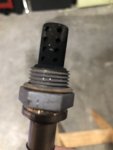



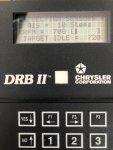
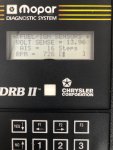

 I am using an "EZ-Lync" scanner, works well, but does not have all of the functionality of the DRB II. But, I can use it to scan GM, Ford, OBD1 and OBD 2. Comes in handy on GM engines, or Howell fuel injection. I might have to look into obtaining a DRB II
I am using an "EZ-Lync" scanner, works well, but does not have all of the functionality of the DRB II. But, I can use it to scan GM, Ford, OBD1 and OBD 2. Comes in handy on GM engines, or Howell fuel injection. I might have to look into obtaining a DRB II 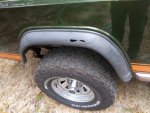
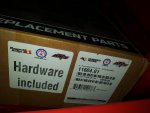
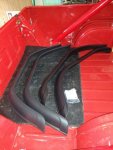
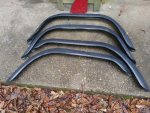
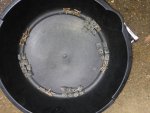
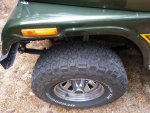
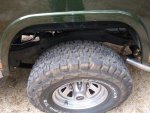
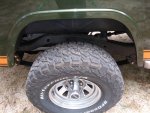
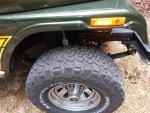
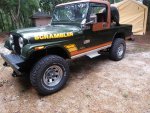
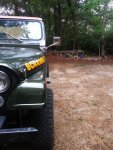


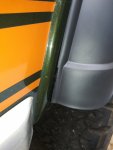
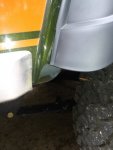
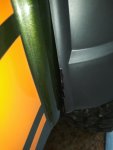
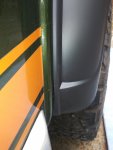
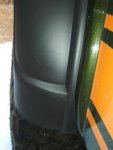
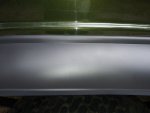
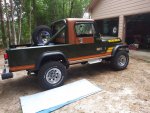

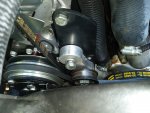
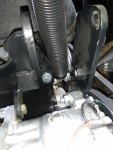
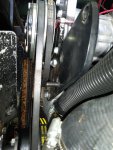
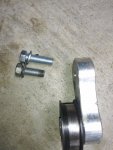
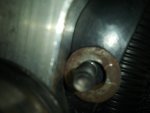

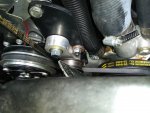
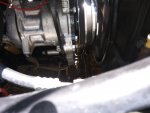
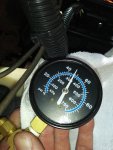
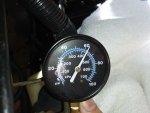
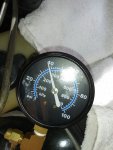
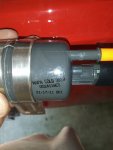
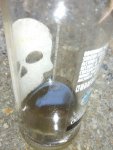
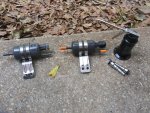
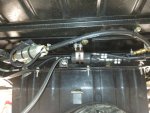
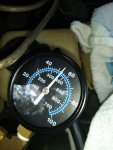


 They did away with the "fuel pressure test port" on the fuel rail on the later year 4.0's, that was for sure "cost saving", and stupid IMO
They did away with the "fuel pressure test port" on the fuel rail on the later year 4.0's, that was for sure "cost saving", and stupid IMO 



